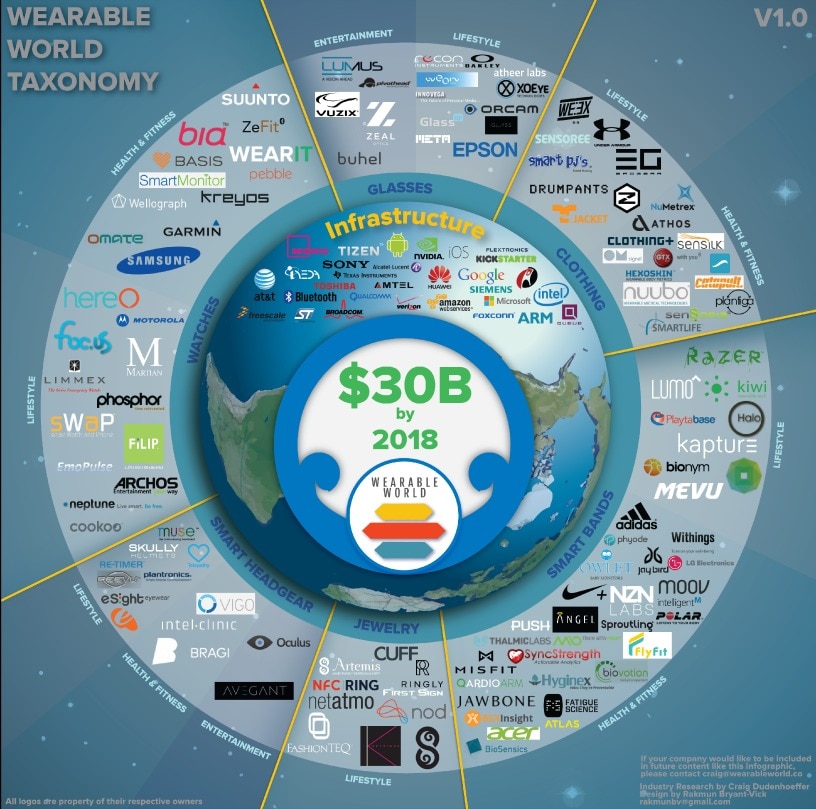US video entertainment Spend to peak at $123 billion next year
The US video entertainment market continues to grown and is estimated to peak $123 billion in 2015. The overall US video entertainment market (subscription Pay-TV, box office, packaged home video, Pay-TV VoD and paid-for online video) continues to grow in low single digits, reaching $120 billion in 2013 – a 2% increase on 2012 – and is on track to peak at $123 billion in 2015, meaning that approximately $1000 will be spent on video entertainment by every US household. Pay-TV holds around 75% of total consumer spend.
The packaged video market, although in decline, will still exceed billion in retail value at the end of 2014 according to Futuresource figures, taking second position behind subscription Pay-TV. By 2015 digital video and box office will both exceed packaged video spend for the first time and will extend the lead out to 2018.
Book a demo today to see GlobalDots is action.
Optimize cloud costs, control spend, and automate for deeper insights and efficiency.

Check the full article at StreamingMedia.
The Existing Wearable Technology Landscape
With spend to reach $30 billion by 2018, wearable tech is all rage these days – WearableWorldNews brings a great infographic about the technology landscape.

What the 10 Fastest Ecommerce Sites can Teach us About Web Performance
- Faster pages are smaller.
Among the ten fastest pages, the median page contained 50 resource requests and was 556 KB in size. Among the ten slowest pages, the median page contained 141 resource requests and was 3289 KB in size. This means that the median slow page was almost three times larger than the median fast page in terms of number of resources, and about six times larger in terms of size. - Faster pages have a faster Time to First Byte (TTFB).
Time to First Byte is the window of time between when the browser asks the server for content and when it starts to get the first bit back. The user’s internet connection is a factor here, but there are other factors that can slow down TTFB, such as the amount of time it takes your servers to think of what content to send, and the distance between your servers and the user. - Faster pages understand their critical rendering path and know what to defer.
Deferral is the practice of deferring any page resources that are not part of a page’s critical rendering path, so that these non-essential resources load last. Faster pages have a better handle on deferral, which we can infer from looking at the difference between their page size metrics at doc complete versus fully loaded. - CDN adoption is the same among the fastest and slowest sites.
If you serve pages to a highly distributed user base, then a CDN should be part of your performance toolkit. - Adoption of other performance best practices is consistent (in its inconsistency) among the fastest and slowest sites.
Keep-alives are pretty much a default best practice at this point, and since they can be controlled relatively easily just by configuring your server to enable them, there’s no excuse for not doing this. Using progressive JPEGs improves user experience up to 15%, but many sites aren’t still leveraging image compression, even though it’s the best practice around.
Read the full article at WebPerformanceToday.
Akamai’s Performace Visualisation
15-30% of the world’s Web traffic is delivered over the Akamai platform. Continually-updated visualizations provide a picture of global Web traffic, viruses/attacks, the speed of data moving between major cities, and the volume of data and users on the Akamai platform. Akamai also monitors the volume of visitors to hundreds of worldwide online news, mobile and industry specific sites and compiles data on the most-read stories, purchasing behavior, and global concentration of online consumers.
Check the full features of Akamai’s new visual platform here: http://www.akamai.com/html/technology/visualizing_akamai.html
Are Your Google Analytics Site Speed Metrics Accurate?
Google Analytics Site Speed is a free real user monitoring (RUM) tool that exists in your GA dashboard under the “Behavior” menu. It measures site speed and captures other session information via a snippet of code included in a web page.
In GA site speed, errors occur frequently, and not consistently enough to make accurate comparisons of different time frames without some scrubbing. Those errors (predictably) can throw off the averages substantially. A little data analysis can go along way – don’t blindly trust your data, especially when the source is not purpose-built. (There are many solutions that focus exclusively on performance monitoring via RUM; for Google Analytics it’s a value-add feature). Is this tool useless? No; RUM data is very interesting and potentially actionable, and GA is one of the only tools that allows you to do it so easily and for free. But you should take steps to make sure it’s not misleading.
Read the full article at Yottaa.







